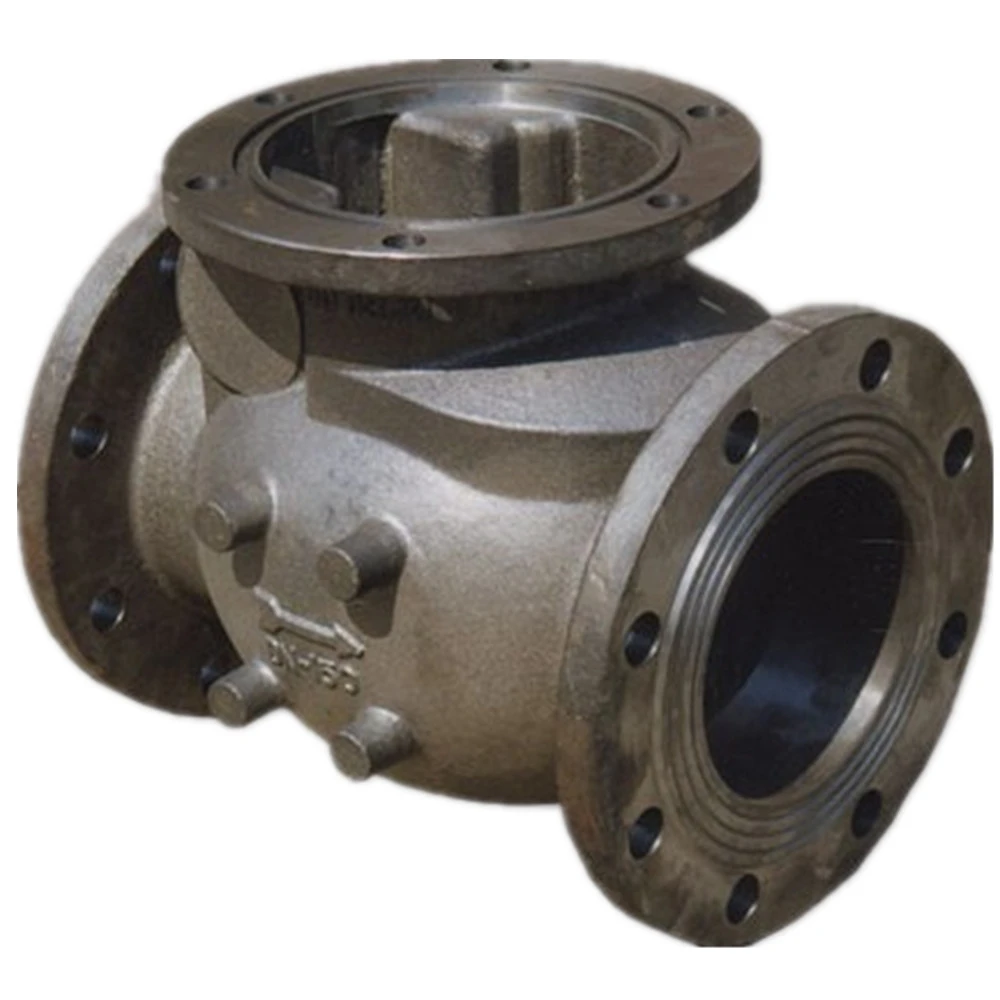Mobile:+86-311-808-126-83
Email:info@ydcastings.com
gearbox casing
Understanding Gearbox Casings Structure, Function, and Importance
Gearbox casings are crucial components in various machinery, particularly in vehicles, industrial equipment, and manufacturing processes. These casings serve as protective housings for the gears and other internal components of a gearbox. The significance of gearbox casings cannot be overstated, as they play a vital role in ensuring efficiency, longevity, and safety in mechanical operations.
Structure of Gearbox Casings
Gearbox casings are typically made from durable materials such as aluminum, cast iron, or high-strength plastics. The choice of material depends on the application and the operational requirements of the gearbox. For instance, aluminum is favored in automotive applications due to its lightweight yet strong properties, which help reduce the overall weight of the vehicle. Cast iron is often used in heavy machinery because of its superior strength and durability.
The design of a gearbox casing must accommodate the various components it houses, including gears, bearings, and seals. These components must be securely positioned to minimize movement and vibration during operation. Additionally, casings often include mounting points for bolts or screws to attach them securely to the machinery or vehicle frame.
Functions of Gearbox Casings
The primary function of a gearbox casing is to protect the internal components from environmental factors, such as dust, dirt, moisture, and physical impacts. This protection is essential to maintain the efficiency and performance of the gearbox. Furthermore, casings are designed to contain lubricants that reduce friction between moving parts, which is crucial for preventing wear and tear.
Another essential function of the casing is to help regulate temperature. Gearbox operations can generate significant heat due to friction. The casing helps dissipate this heat, often designed with ventilation features or mounted with cooling systems to maintain optimal operating temperatures. This temperature control minimizes thermal expansion and helps ensure that the internal components remain within their functional specifications.
gearbox casing

Importance of Gearbox Casings
The importance of gearbox casings extends beyond just protection; they contribute significantly to the overall reliability and efficiency of machinery. A well-designed casing can enhance the performance of the gearbox by ensuring proper alignment of the gears, which facilitates smooth power transmission. This alignment is critical, as misalignment can lead to increased wear on the gears and other internal components, resulting in costly repairs and replacements.
Moreover, a robust gearbox casing can decrease noise levels during operation. Vibrations and sound generated by moving components can be mitigated with a sturdy and well-engineered casing, leading to a more pleasant operating environment, particularly in consumer vehicles and machinery used in public spaces.
Maintenance and Considerations
Regular maintenance of the gearbox and its casing is essential to ensure long-term performance. Operators should routinely check for signs of wear, such as cracks or deformities in the casing, as these can lead to more significant problems, including lubrication leaks or, ultimately, gearbox failure. It is also vital to inspect and replace seals to prevent contaminants from entering the gearbox, which could compromise its efficiency.
If a gearbox casing becomes damaged, it is crucial to address the issue promptly. In some cases, the entire casing may need to be replaced, while in others, repairs might suffice. Understanding the specific requirements of the application will aid in making the appropriate choices regarding materials and designs of replacement casings.
Conclusion
In summary, gearbox casings are indispensable components in mechanical systems, providing protection, support, and efficiency for the gears they enclose. Their role in safeguarding the internal components and facilitating the smooth operation of machinery underscores their importance in engineering and manufacturing. As technology progresses, advancements in materials and design will continue to enhance the effectiveness of gearbox casings, contributing to the development of more reliable and efficient mechanical systems. Proper understanding and maintenance of these components are essential to optimize their performance and secure the longevity of the machinery they serve.
-
What Makes Stainless Steel Pump Casting Essential for Modern Industries?NewsJul.14,2025
-
Revolutionize Your Engine Maintenance with Premium Aluminum and Cast Iron ComponentsNewsJul.14,2025
-
Precision Flow Engineering Starts with the Right Pump ComponentsNewsJul.14,2025
-
Maximize Efficiency: Explore Reliable Containment and Crop SolutionsNewsJul.14,2025
-
Discover Superior Performance with Advanced Turbo ComponentsNewsJul.14,2025
-
Boost Fluid Dynamics with Precision-Engineered Pump ComponentsNewsJul.14,2025











